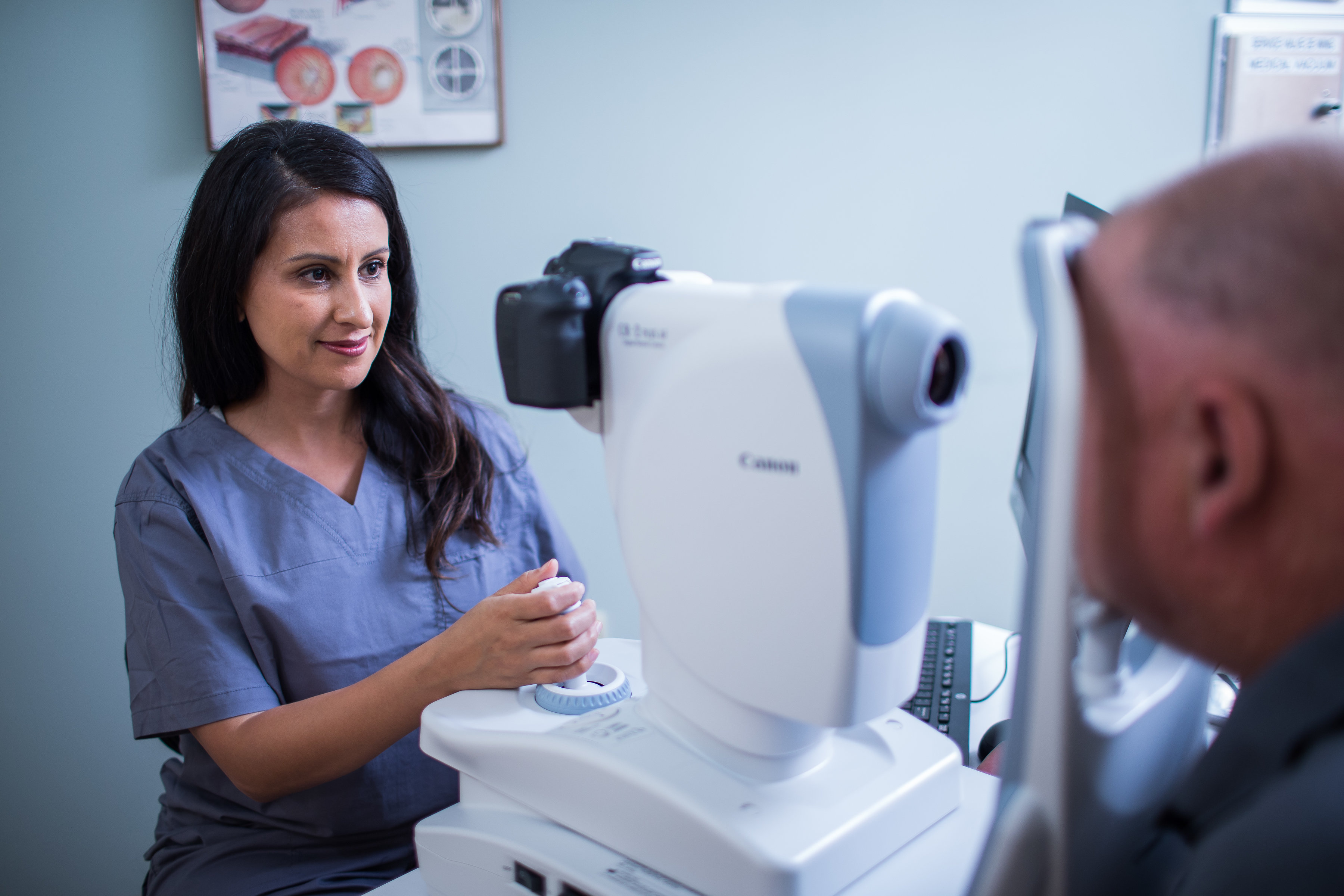Locate a Neurologist in Andalusia: Specialized Clinics and Treatment Providers
Wiki Article
The Pros and Disadvantages of Various Refractive Surgical Procedures for Boosted Eyecare
LASIK Surgical Treatment
LASIK surgical procedure is a frequently carried out refractive treatment that aims to deal with vision concerns such as nearsightedness, astigmatism, and farsightedness. During the treatment, a thin flap is produced on the cornea, and a laser is used to reshape the underlying cells, remedying the refractive mistake.One of the key benefits of LASIK surgical procedure is the quick improvement in vision experienced by several individuals. A lot of individuals notice a significant enhancement in their eyesight soon after the procedure, with very little downtime needed for recovery. In addition, LASIK is understood for its high success rate and reduced incidence of complications when executed by knowledgeable surgeons. Nevertheless, like any surgery, LASIK additionally lugs some dangers, including dry eyes, glow, halos, and under or overcorrection of vision. It is important for people thinking about LASIK surgery to undertake an extensive evaluation by an eye care specialist to figure out if they are suitable candidates for the procedure.
PRK Procedure
The PRK treatment, additionally called Photorefractive Keratectomy, is a kind of refractive surgical treatment that aims to fix vision issues similar to LASIK surgical procedure. Unlike LASIK, which entails creating a flap in the cornea, PRK works on the surface layer of the cornea. Throughout the PRK procedure, the outer layer of the cornea, called the epithelium, is eliminated to enable improving of the underlying corneal tissue with an excimer laser. This reshaping aids to deal with refractive mistakes such as astigmatism, nearsightedness, and farsightedness.Among the advantages of PRK over LASIK is that it removes the risk of flap-related complications since no flap is developed throughout the surgical treatment. This can be beneficial for individuals with slim corneas or those associated with get in touch with sporting activities where eye trauma is a possibility. The recuperation time for PRK is normally much longer contrasted to LASIK, as the external layer of the cornea needs time to regrow after the treatment. Regardless of the longer healing period, PRK can be an ideal choice for individuals looking for vision modification surgery.
SMILE Surgery
An innovative refractive surgical procedure technique obtaining popularity in the area of ophthalmology is SMILE Surgical procedure. Little Incision Lenticule Extraction (SMILE) is a minimally intrusive procedure that fixes vision by improving the cornea using a femtosecond laser. Unlike conventional LASIK surgical procedure, SMILE Surgical treatment involves creating a little laceration in the cornea to extract a lenticule, which results in much less disruption to the corneal framework and possibly faster recovery times.Among the primary advantages of SMILE Surgical treatment is its capacity to treat nearsightedness (nearsightedness) and astigmatism with high precision, causing excellent visual results for individuals. The minimally intrusive nature of the treatment likewise reduces the risk of problems such as dry eye disorder, making it a beneficial choice for people seeking refractive surgical procedure.

LASEK Strategy
Having actually discovered the advantages and considerations of SMILE Surgical treatment, one more notable refractive surgical treatment method worth examining is the LASEK Technique. LASEK, which stands for Laser-Assisted Subepithelial Keratectomy, is a form of laser eye surgery that aims to remedy refractive mistakes such as nearsightedness (nearsightedness), hyperopia (farsightedness), and astigmatism.Unlike LASIK, LASEK does not entail developing a corneal flap. Rather, throughout a LASEK treatment, the doctor makes use of a watered down alcohol option to loosen the thin outer layer of the cornea, called the epithelium. This layer is after that delicately moved apart to allow the laser to improve the underlying corneal cells. As soon as the cornea has been improved to the desired degree, the epithelial layer is repositioned.
Among the primary benefits of LASEK is that it can be appropriate for people with thin corneas who might not be good prospects for LASIK. Furthermore, LASEK commonly causes very little post-operative pain and a quicker healing time contrasted to PRK. Nonetheless, the visual recovery procedure with LASEK may be a little longer than with LASIK.
Implantable Call Lenses
Implantable Call Lenses use a long-term vision improvement service for people looking for an alternative to traditional get in touch with lenses or glasses. These lenses, additionally referred to as phakic intraocular lenses, are operatively placed into the eye to deal with refractive errors such as myopia (nearsightedness), hyperopia (farsightedness), and astigmatism. cardiologist andalusia. Unlike standard call lenses that remain on the surface of the eye, implantable contact lenses work within the eye itself, supplying clear vision without the need for everyday upkeep or removal
One of the key benefits of implantable get in touch with lenses is their permanence. As soon as placed, they can continue to be in the eye forever, providing constant and secure vision modification. Additionally, these lenses can be an exceptional alternative for individuals who are bad prospects for laser eye surgical treatment or who like a reversible vision correction treatment.
Nonetheless, implantable get in touch with lenses do carry some dangers, consisting of andalusia pediatrics the potential for cataracts or boosted eye pressure. It is crucial for people considering this option to seek advice from an eye treatment professional to identify if implantable contact lenses are the right option for their details demands and eye health.
Conclusion
In final thought, each kind of refractive surgical treatment has its very own benefits and negative aspects. LASIK surgery is popular for its quick recuperation time, while PRK procedure may be ideal for clients with thin corneas.
On The Whole, SMILE Surgical treatment offers an encouraging option for individuals looking to enhance their vision through refractive surgery.
Report this wiki page